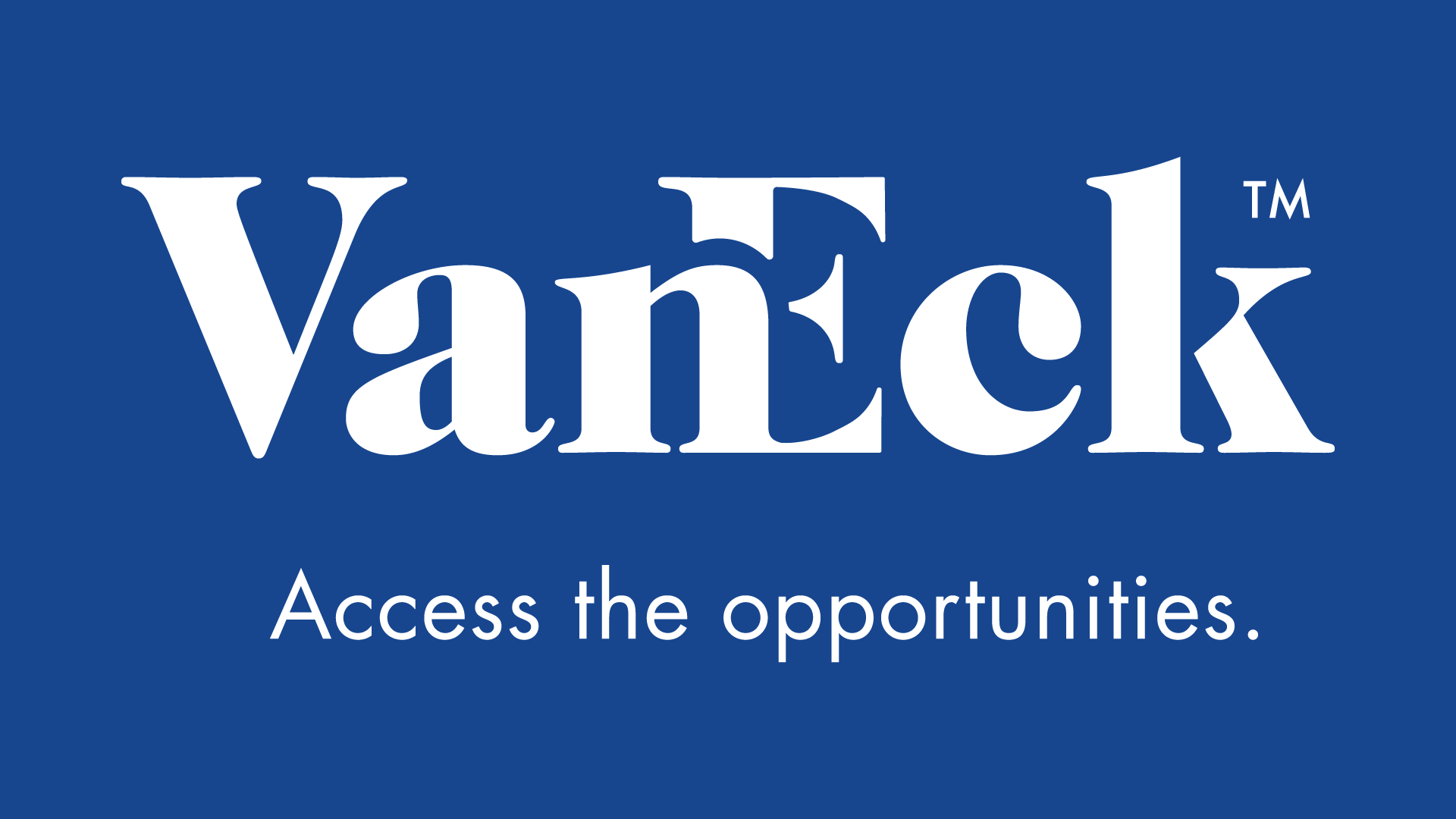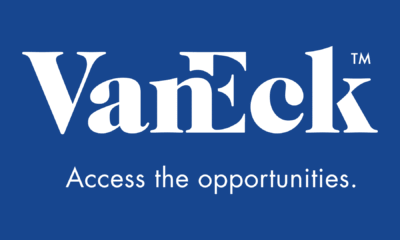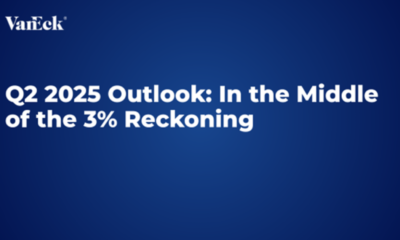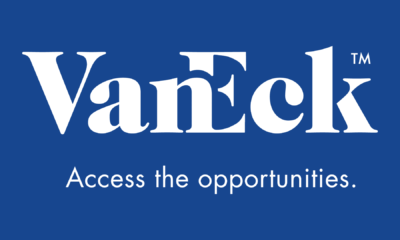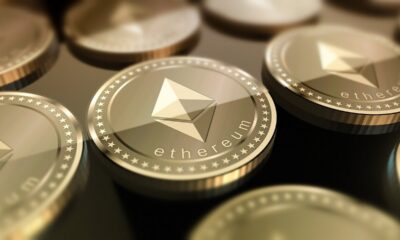Market Review – Gold Extends its Strength in April. The gold market has moved from a position of strength to one of even greater strength. The gold price entered a consolidation in March but never traded below $1,200 per ounce. Late in April the gold price broke out of its consolidating pattern to reach its 2016 high of $1,296 per ounce and ended April at $1,292.99 per ounce for a gain of $60.28 (4.9%). On May 2 gold traded above $1,300 per ounce for the first time since January 2015. We believe that an increasing sense of financial risk and U.S. dollar weakness are driving investment demand for gold. When commenting on the global economy in a Bloomberg interview on April 5, International Monetary Fund (IMF) President Lagarde indicated that downside risks have increased and “we don’t see much by way of upside.” Gold moved to its high for the month following the Commerce Department’s April 28 release of weaker-than-expected first quarter U.S. GDP growth of just 0.5% annualized. Markets seemed confounded by the strength exhibited by the Japanese Yen (JPY) and the Euro (EUR), despite negative rate policies in both regions. As a result, the U.S. Dollar Index (DXY)1 declined 1.7% in April and fell to a 15-month low on May 2.
This year’s bull market in precious metals gained in breadth as silver kicked into gear in April. Like gold, silver is a monetary metal but it had been lagging gold’s performance. In fact, the gold/silver ratio reached a long-term high of 83.2 on March 1. Strong inflows into silver bullion exchange traded products (ETPs) in March and April enabled silver’s year-to-date performance to surpass gold on April 14. For the year, silver is up 28.7%, while gold has gained 21.9% and the gold/silver ratio ended the month at 72.4. We regard silver as a leveraged proxy for gold and wouldn’t be surprised to see the gold/silver ratio continue to fall further towards its long-term average of around 60.
Another sign of the strength of the current market is the performance of gold stocks. On April 8 the NYSE Arca Gold Miners Index (GDMNTR)2 surpassed its previous high for the year and never looked back, advancing 28.1% in April. Many of the larger producers announced favorable first quarter results in April, which boosted the performance of gold equities.
Our patience was tested in the first quarter by the underperformance of many junior producers and developers. The junior gold stocks had been lagging but our perseverance has appeared to pay off. The MVIS Global Junior Gold Miners Index (MVGDXJTR)3 gained 36.8% in April and had lagged the GDMNTR until April 8 but is now outperforming the GDMNTR by 11.7% for the year. The MVGDXJTR caught up with the GDMNTR for the year by outperforming in March with an 8.6% gain.
Market Outlook
We identified several reasons for this year’s spectacular rise in gold stocks, which has caused gold stocks (GDMNTR) to gain 87.4% and the juniors (MVGDXJTR) to gain 99.1% year-to-date:
• Positive changes in sentiment and investment demand for gold.
• Companies have successfully slashed costs, cut debt, gained efficiencies, and generated cash.
• Mean reversion in a sector that had been oversold during the worst bear market in history.
• Elimination of short selling pressure that had been weighing on gold and gold stocks since they crashed in 2013.
• Limited liquidity in a relatively small sector with a global market cap of just $260 billion.
These heady gains suggest to us that gold stocks have become overbought. We expect there will probably be a correction at some point this year. Seasonal patterns have been absent in the gold market for the past several years, possibly due to the overwhelming selling pressure that prevailed. Without such intense selling, we may again see seasonal patterns from Asia and India lead to some weakness in the summer months but strengthening in the fall and extending into the new year. We remain cognizant that GDMNTR is still down 61% from its 2011 highs, which translates to a 159% gain needed to return to 2011 levels. The gold price was much higher in 2011 as well, topping at $1,921 per ounce, but we think the earnings power of the gold sector is greater now than it was back then. We estimate that a $100 (roughly 8%) move in the gold price from $1,300 to $1,400 per ounce would result in a 38% increase in free cash flow for the majors in our research universe, while the mid-tier producers would see a 68% increase in free cash.
The $217 per ounce (23%) increase in the gold price since the U.S. Federal Reserve (the “Fed”) hiked interest rates in mid-December wasn’t caused by a crash or panic in the financial markets. There hasn’t been a systemic crisis and in fact, global conditions today aren’t that different than six months ago when gold struggled near its lows. In our view, the fundamental change that has enabled gold to perform well since the Fed’s rate announcement is a change in investors’ view of central banks. The U.S. dollar has weakened mainly because the market no longer anticipates a series of Fed rate increases. Investors are realizing that central bank policies lack efficacy and have run their course without accomplishing their intended results. In general, central banks appear to be rapidly running out of options to help stimulate economies. In fact, rather than helping, quantitative easing, zero rates, and negative rates have created distortions in capital allocation, leading to the mispricing of assets and currencies, wealth inequality, and possibly other harmful, unintended consequences on the financial system.
We think the solution to most of the world’s problems hinges on re-establishing robust economic growth. A major reason that central bank policies haven’t been able to foster as much growth as desired is that fiscal and regulatory policies are working against them. Governments around the world have increased debt to unheard of levels to raise capital to spend on projects, programs, and entitlements that generate a fraction of the jobs and growth that the same capital may have generated through private sector channels.
The popular perception that the banks were responsible for the subprime crisis has resulted in fines and regulatory burdens that hamper the formation of capital at the center of the financial system. The “wolf” character in the 2013 movie “The Wolf of Wall Street” ran a boiler room on Long Island that was unrelated to investment banks on Wall Street. The 2015 film “The Big Short,” an Academy Award nominee for Best Motion Picture, puts the blame for the financial crisis squarely on the banks. It makes barely any mention of the Government Sponsored Enterprises’ (GSEs such as Fannie Mae and Freddie Mac4) role in sponsoring subprime loans or the long-running government policies under the Clinton and Bush Administrations that enabled high risk borrowers to own homes despite their inability to service a mortgage. The tone was set in 2009 when President Obama labeled bankers as “fat cats.” While banks certainly played a part, the government played the lead, in our opinion. Unfortunately, these misperceptions and misplaced blame have guided policy, leading to a financial system that is probably weaker than it was before the crisis. We believe that the economy is clearly weaker.
In addition, regulations that burden the private sector have also increased. According to The Wall Street Journal, the Obama Administration is on track to issue 439 major regulations in its 8 years in office, more than the Bush Administration’s 358 or Clinton’s 361. Heaping on more and more regulations only serves to stifle business formation, profitability, and innovation.
A similar tipping point has been reached with tax policies. Some companies have been re-domiciling away from the United States to avoid tax rates that are among the highest in the world. Instead of revising and simplifying the tax code to address the problem, the U.S. Treasury implemented new regulations that force U.S. corporations to remain in the U.S., placing them at a disadvantage to their global peers.
How often do we see leaders in government promote policies that help make business more productive, efficient, or profitable? As to where we are heading, we look to possibly the most monolithic governmental institution in the world. An article published in The Wall Street Journal and written by a retiring United Nations (“UN”) assistant secretary general for field support articulated a sentiment worth sharing. After relocating to the New York headquarters of the UN, he became disheartened, remarking: “If you lock a team of evil geniuses in a laboratory, they could not design a bureaucracy so maddeningly complex, requiring so much effort but in the end incapable of delivering the intended result. The system is a black hole into which disappear countless tax dollars and human aspirations, never to be seen again.”
We believe this is the sentiment that gold investors feel when they see central banks resort to more radical monetary policies in an attempt to spur economies bogged down by taxes, regulations, and bureaucracy. Moreover, there are social policies that incentivize people not to work and foreign policies that have resulted in chaos. The investment demand evidenced by the strong inflows into the bullion ETPs this year suggests that many investors are making a strategic investment in gold to diversify and prepare their portfolios for the uncertainty of a financial system that may become increasingly dysfunctional.
by Joe Foster, Portfolio Manager and Strategist
With more than 30 years of gold industry experience, Foster began his gold career as a boots on the ground geologist, evaluating mining exploration and development projects. Foster is Portfolio Manager and Strategist for the Gold and Precious Metals strategy.
Please note that the information herein represents the opinion of the author and these opinions may change at any time and from time to time.
Important Information For Foreign Investors
This document does not constitute an offering or invitation to invest or acquire financial instruments. The use of this material is for general information purposes.
Please note that Van Eck Securities Corporation offers actively managed and passively managed investment products that invest in the asset class(es) included in this material. Gold investments can be significantly affected by international economic, monetary and political developments. Gold equities may decline in value due to developments specific to the gold industry, and are subject to interest rate risk and market risk. Investments in foreign securities involve risks related to adverse political and economic developments unique to a country or a region, currency fluctuations or controls, and the possibility of arbitrary action by foreign governments, including the takeover of property without adequate compensation or imposition of prohibitive taxation.
Please note that Joe Foster is the Portfolio Manager of an actively managed gold strategy.
Any indices listed are unmanaged indices and include the reinvestment of all dividends, but do not reflect the payment of transaction costs, advisory fees or expenses that are associated with an investment in the Fund. An index’s performance is not illustrative of the Fund’s performance. Indices are not securities in which investments can be made.
1U.S. Dollar Index (DXY) indicates the general international value of the U.S. dollar. The DXY does this by averaging the exchange rates between the U.S. dollar and six major world currencies: Euro, Japanese yen, Pound sterling, Canadian dollar, Swedish kroner, and Swiss franc. 2NYSE Arca Gold Miners Index (GDMNTR) is a modified market capitalization-weighted index comprised of publicly traded companies involved primarily in the mining for gold. 3MVIS Global Junior Gold Miners Index (MVGDXJTR) is a rules-based, modified market capitalization-weighted, float-adjusted index comprised of a global universe of publicly traded small- and medium-capitalization companies that generate at least 50% of their revenues from gold and/or silver mining, hold real property that has the potential to produce at least 50% of the company’s revenue from gold or silver mining when developed, or primarily invest in gold or silver. 4Fannie Mae (Federal National Mortgage Association); Freddie Mac (Federal Home Loan Mortgage Corporation)
Please note that the information herein represents the opinion of the author and these opinions may change at any time and from time to time. Not intended to be a forecast of future events, a guarantee of future results or investment advice. Historical performance is not indicative of future results; current data may differ from data quoted. Current market conditions may not continue. Non-VanEck proprietary information contained herein has been obtained from sources believed to be reliable, but not guaranteed. No part of this material may be reproduced in any form, or referred to in any other publication, without express written permission of VanEck. ©2016 VanEck.
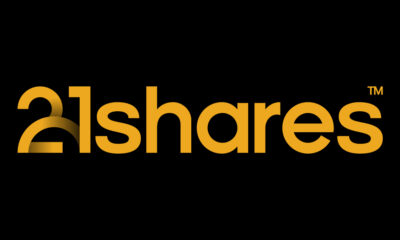
 Nyheter4 veckor sedan
Nyheter4 veckor sedan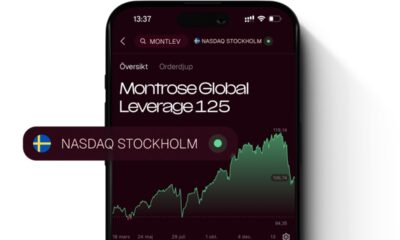
 Nyheter3 veckor sedan
Nyheter3 veckor sedan
 Nyheter4 veckor sedan
Nyheter4 veckor sedan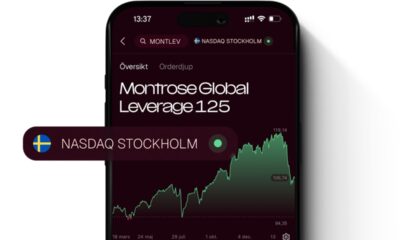
 Nyheter3 veckor sedan
Nyheter3 veckor sedan
 Nyheter3 veckor sedan
Nyheter3 veckor sedan
 Nyheter3 veckor sedan
Nyheter3 veckor sedan
 Nyheter3 veckor sedan
Nyheter3 veckor sedan
 Nyheter2 veckor sedan
Nyheter2 veckor sedan
